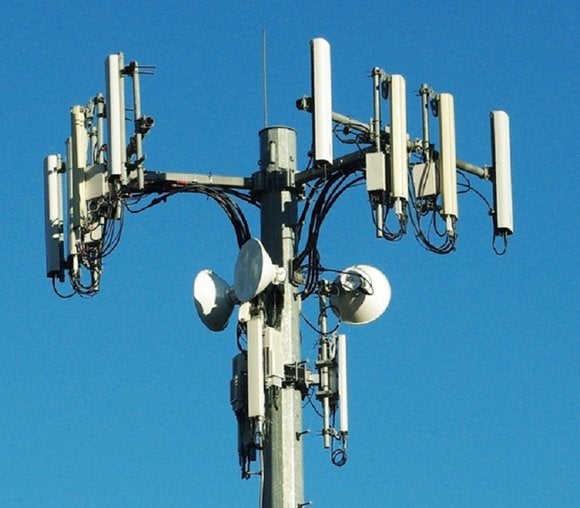If you've ever been through a town, you may have seen tiny 5G cell towers placed on poles for street lighting. https://anotepad.com/notes/48qp867j look like small boxes however they're actually sending wireless signals from mobile providers to your mobile.
The smaller ones are being replaced by the larger built cell towers. Although they're not as visible however, they could cause issues for users.

It is the of the FCC's Radiation Exposure Thresholds
The FCC's Radiation Exposure Thresholds determine the maximum amount of time a person can be exposed to electromagnetic energy from wireless devices. The limits for exposure are based on research which show that the energy of RF could cause harm to health.
http://b3.zcubes.com/v.aspx?mid=11174838 (SAR) is an indication of the amount of radiofrequency energy that is absorbed by tissue. It's typically 1.6 Watts per kilogram calculated over one Gram of tissue.
However, because 5g transmits at higher frequencies and has the potential to cause greater energy intensity on the skin and other exposed body areas. This could result in many potential harms, including exacerbated formation of skin disorders such as dermatitis, skin cancer and cataracts.
Because of the potentially negative effects of 5G radiation, PSU has chosen to establish a general, localized maximum power density of four mW/cm2 averaged across 1 centimeter, and never to exceed 30 minutes for all 5G services running at 3000 GHz. This localized limit is consistent with the highest SAR spatial-average of 1.6 W/kg averaged over 1 5 grams of body tissue, at 6 GHz.
The FCC's Maximum Exposure Thresholds
If you've ever operated a cell phone, you're probably aware that the safest distance from the tower is around 400 meters. This is because the power of the transmission of a cell tower increases dramatically the further you are from it.
While it sounds like something that's good but the truth is that people living in close proximity to towers might be more prone to health issues. For instance, a study conducted in 2014 in India found that residents living within 50 meters of cell towers experienced significant more health issues than those who were distance from them.
But, https://ide.geeksforgeeks.org/tryit.php/6ce2bc79-40db-42a9-8855-dfab0e561927 found that people who moved to areas further away from the cell towers saw their symptoms improve within a couple of days. Other studies have demonstrated that exposure to extreme frequencies of radiofrequency electromagnetic fields (EMFs) could cause brain tumors, cancer, and other health problems.
This is due to the fact that RF radiation, which is utilized for wireless communication, has the ability to penetrate the body's outer layer of skin. This is important to understand since the skin functions as a barrier to protect against mechanical injury, infection from pathogenic microorganisms, as well as entry of toxic substances. The skin is the biggest organ in the human body and is accountable for maintaining the integrity of other organs.
The FCC's Minimum Exposure Thresholds
The FCC's Minimum Exposition Thresholds depend on several assumptions that aren't supported by scientific evidence. These include the erroneous assumption that exposures of a short duration to RF radiation are safe due to the limited penetration into the body (i.e., tissue heating).
The assumption also ignores the more extensive penetration of ELF parts of modulated RF signals as well as the effects of brief bursts of heat caused by RF pulses. These theories are not compatible with the current understanding of biological consequences of RF radiation, and thus they should not be relied upon for health-protection exposure guidelines.
Furthermore, the ICNIRP and FCC limit their radiation limits for local peak SARs that are based on the peak speed of spatial absorption (psSAR) which is not a sufficient dosimetric tool to determine the degree of exposure to RF radiation. In particular the psSAR tool is not accurate for frequencies above 6 GHz. Furthermore, psSAR has not been evaluated for RF radiation exposed to other environmental agents such like sunlight. Interactions of RF radiation with other environmental agents may result in antagonistic or synergistic effects. This could result in an increased risk of adverse health effects. For example, co-exposure to RF radiation with sunlight may raise the chance of developing skin cancer, as well as aggravate other skin conditions like acne.
